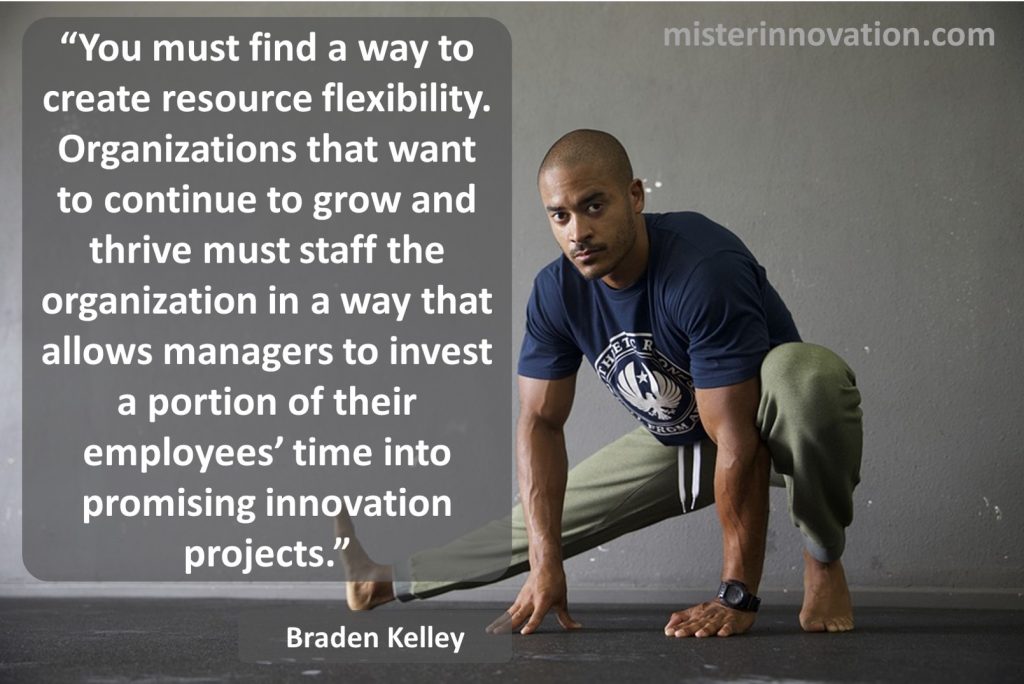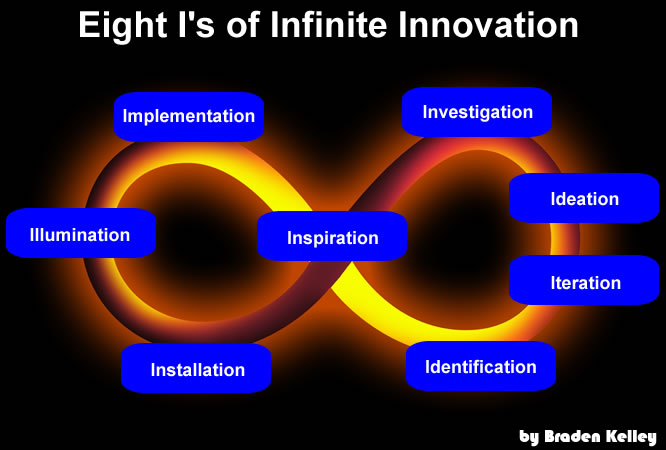From Ideation to Implementation

GUEST POST from Chateau G Pato
In today’s fast-paced and highly competitive marketplace, successful product innovation has become more critical than ever before. Companies that can effectively identify customer needs and transform them into innovative products have a distinct advantage. Design thinking, a human-centered approach to problem-solving, has emerged as a powerful framework to drive product innovation. By cultivating empathy, promoting creativity, and embracing iteration, design thinking enables companies to bridge the gap between customer expectations and product development. In this thought leadership article, we will explore how two different companies, XYZ Inc. and ABC Corp., leveraged design thinking to achieve remarkable success in their product innovation endeavors.
Case Study 1: XYZ Inc. – Transforming Healthcare Solutions
XYZ Inc., a leading healthcare technology company, sought to develop a user-friendly and accessible patient monitoring system. They understood that the existing solutions lacked personalization and failed to account for the emotional aspect of patient interactions. To overcome these challenges, XYZ Inc. adopted design thinking methodologies.
Empathy-driven research: The XYZ Inc. began by conducting in-depth interviews with healthcare professionals, patients, and their families to understand their pain points and needs. By actively listening and observing, the design team gained valuable insights into the emotional and physical experiences associated with patient monitoring.
Ideation and prototyping: Armed with empathy-driven research, the design team enthusiastically engaged in ideation sessions. They generated a range of ideas, keeping the end-users’ motivations and goals at the forefront. Prototypes were swiftly developed, allowing for early-stage feedback and iterative improvements.
User testing and iteration: XYZ Inc. conducted extensive user testing to validate their prototypes. Real-time feedback from healthcare professionals and patients allowed them to refine their product, incorporating improvements that directly addressed their users’ needs. This iterative process repeated until XYZ Inc. had a highly intuitive, patient-centric monitoring system ready for implementation.
Implementation and impact: The final product was met with widespread acclaim within the healthcare community. The integration of design thinking principles resulted in a solution that significantly reduced nurses’ burden, increased patient satisfaction, and improved the overall quality of care. XYZ Inc. is now considered a pioneer in the field, with their design thinking approach becoming an industry benchmark.
Case Study 2: ABC Corp. – Revolutionizing Retail Experience
ABC Corp., a renowned retail brand, realized the need to enhance their customers’ in-store experience. They aimed to create a seamless and personalized journey to increase engagement and encourage repeat purchases. Applying design thinking principles allowed ABC Corp. to reimagine the retail experience, resulting in substantial improvements.
Empathic understanding of customer needs: ABC Corp. embarked on an extensive research phase by shadowing customers, conducting interviews, and hosting focus groups. This research helped them uncover pain points, frustrations, and desires of shoppers, allowing the design team to delve deeper and empathize with their customers.
Ideation and co-creation: Armed with customer insights, multi-disciplinary teams at ABC Corp. engaged in collaborative brainstorming sessions. They fostered a culture of inclusive ideation, involving employees from different departments, including store associates, marketing, and technology experts, to ensure a comprehensive approach. This collaborative environment enabled the generation of transformative ideas.
Rapid prototyping and testing: ABC Corp. built quick prototypes and conducted mock store simulations to evaluate the feasibility and effectiveness of new concepts. By observing customer interactions and gathering feedback, they iteratively refined their ideas, ensuring that the final product aligned closely with customer needs and preferences.
Implementation and impact: ABC Corp. successfully implemented their new retail experience across their stores, incorporating personalized recommendations, interactive displays, and an improved checkout process. The customer response was overwhelmingly positive, leading to a significant increase in sales, customer loyalty, and brand advocacy. ABC Corp. became a leader in this innovative approach to retail, inspiring competitors to follow suit.
Conclusion
The two case studies of XYZ Inc. and ABC Corp. demonstrate how design thinking drives successful product innovation by incorporating empathy, creativity, and iterative problem-solving. By focusing on the end-users’ needs, these companies identified valuable insights that had a profound impact on their product development and implementation. Through design thinking, XYZ Inc. transformed patient monitoring, while ABC Corp. elevated the retail experience. Both companies achieved remarkable success and emerged as leaders in their respective industries. Embracing design thinking principles empowers organizations to bridge the gap between ideation and implementation, leading to products that truly resonate with customers and drive unparalleled growth.
SPECIAL BONUS: The very best change planners use a visual, collaborative approach to create their deliverables. A methodology and tools like those in Change Planning Toolkit™ can empower anyone to become great change planners themselves.
Image credit: Pixabay
 Sign up here to get Human-Centered Change & Innovation Weekly delivered to your inbox every week.
Sign up here to get Human-Centered Change & Innovation Weekly delivered to your inbox every week.
 Drum roll please…
Drum roll please…![]() Sign up here to get Human-Centered Change & Innovation Weekly delivered to your inbox every week.
Sign up here to get Human-Centered Change & Innovation Weekly delivered to your inbox every week.









